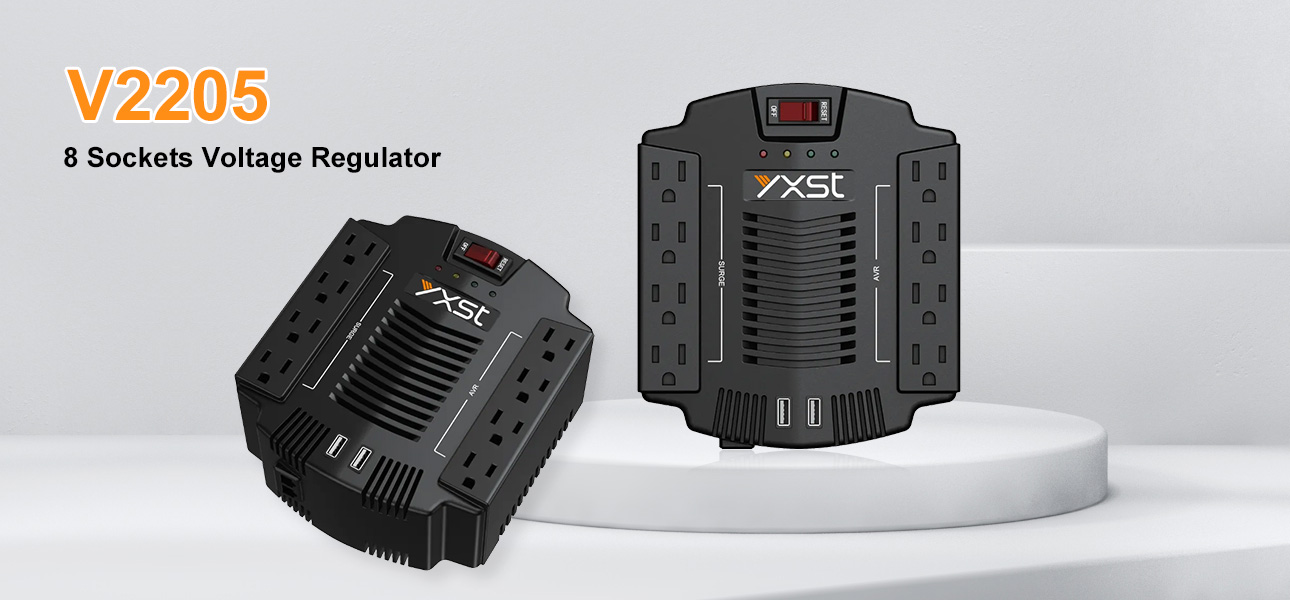With the development of society, more and more electrical equipment and safety issues are increasingly unreliable. Problems such as high or low voltage often occur, which lead to the inability of electrical equipment to be used normally, threatening our production safety at all times. With the needs of users, the automatic voltage regulator was slowly born. This article tells you the causes of insufficient voltage and the working principle of voltage regulators.

Does the automatic voltage regulator itself consume a lot of power?
The automatic voltage regulator consumes electricity.
The power consumption of the regulator is related to its design, working principle, and working conditions. For example, if the input voltage of the regulator drops to a certain level, the output voltage may increase accordingly, indicating that the regulator needs to consume additional power in the process of maintaining voltage stability. Nevertheless, a well-designed automatic voltage regulator(AVR) can minimize its energy consumption while ensuring voltage stability, to improve energy efficiency.
Causes of insufficient voltage
Sometimes, the electrical appliances in our home suddenly “trip” or have a significant voltage drop, which is caused by insufficient voltage in the power grid. The main reasons for insufficient grid voltage are as follows:
- Low voltage during peak hours;
- Aging and too-long power lines;
- Insufficient transformer capacity.

Working principle of automatic voltage regulator
An automatic voltage regulator is a device used to adjust power voltage. Its main function is to protect electrical equipment from damage caused by excessively high or low voltage. The working principle of the voltage regulator is to adjust the power voltage of household electrical equipment by adjusting the resistance, inductive, or capacitive elements in the circuit and changing the current or voltage in the circuit accordingly. In this way, the AVR automatic voltage regulator ensures the normal working environment of electrical equipment and increases the service life of electrical equipment, thereby protecting the electrical equipment at home.

Household appliances are often very sensitive to voltage fluctuations. Too high or too low voltage will have an adverse effect on the normal operation of household appliances.
AVR can stabilize the output voltage to ensure that household appliances have a stable power supply. Household appliances are generally equipped with voltage stabilizers, such as televisions, air conditioners, refrigerators, etc.
An automatic voltage regulator adjusts the input voltage to ensure that the output voltage is stable near the rated value, protecting the normal operation of household appliances when the voltage fluctuates.




